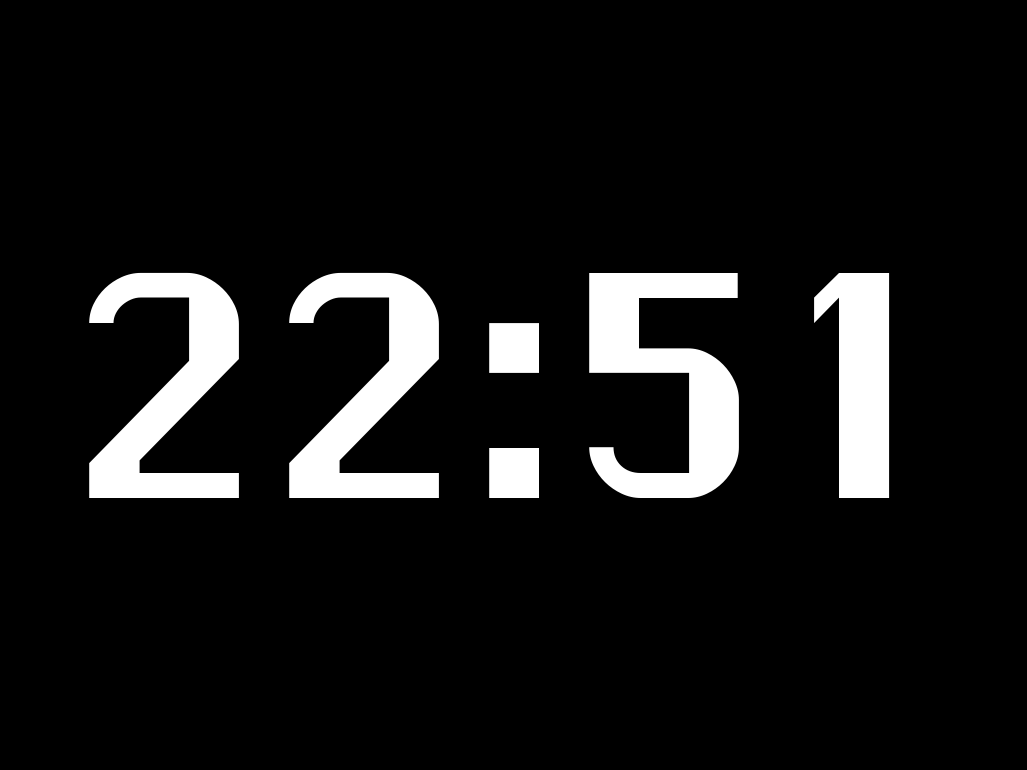Maker's Raspberry Pi Apple Hack is an Instant Classic
In these days of 4K monitors and SSDs apparently capable of warp speed, peering at your desktop via a 9 inch mono screen may seem a little... quaint... even if it was endorsed by Steve Jobs. Maker and all-round retro computer enthusiast Dave Luna, has taken the shell of the iconic Macintosh Classic II (the tiny beige all-in-one from 1991, also sold as the Performa 200) and replaced the insides with a Raspberry Pi to make something that merges the technology of today with that of the past.
Known as the Paper Mac, and described as an "abomination" by its creator, Luna’s accomplishment uses a Raspberry Pi 3 as its brains, and a 16-color grayscale e-ink screen from Waveshare in place of the original 512 x 342 pixel display. Rather than actually booting into Apple’s System 7 on the Pi, which would be news in itself without an emulator, it uses custom software to display a System-7-like environment (the cleverly named Psuedo7) on which it displays highlights from its owner’s Google Photos stream.




Rather than wrestle with the Google Photos API, however, Luna came up with an elegant solution to getting the images to display. He took a Google Chromecast, and attached it to an HDMI capture card via an HDMI splitter that would strip HDCP from the signal. This card then plugs into the CSI interface on the Pi via an adapter, appearing as a camera. The Chromecast can be set to an ambient mode that displays photos, which it pipes to the Pi, and eventually appear on the e-ink screen via some Python code that resizes it, converts it to black and white, and adds a frame that looks like a System 7 window. It’s extremely clever.
“I really did not feel like dealing with Google Photos API authentication, querying, and caching. There wasn't anything new or fun to that process for me,” writes Luna on his site. “Instead... the Chromecast would do all of the heavy lifting for photo management, and I'd learn more about the camera port which I'd never used before.”
The Paper Mac uses original Apple peripherals through an Arduino that converts the Apple Desktop Bus (ADB) to USB, and makes classic Macintosh noises through a set of USB-powered speakers inside the case and a classic audio pack from Steven Jay Cohen. Pressing the C key on the genuine Apple Adjustable Keyboard puts it into clock mode, while other keys can take screenshots, or shut the machine down.
Luna’s other projects include turning a Commodore 64 into a USB keyboard, and making a docking station out of a Commodore Pet.
Get Tom's Hardware's best news and in-depth reviews, straight to your inbox.

Ian Evenden is a UK-based news writer for Tom’s Hardware US. He’ll write about anything, but stories about Raspberry Pi and DIY robots seem to find their way to him.
-
Giroro I don't know if a digital picture frame is really the best use of a rare and valuable collector item like the Raspberry Pi 3.Reply
